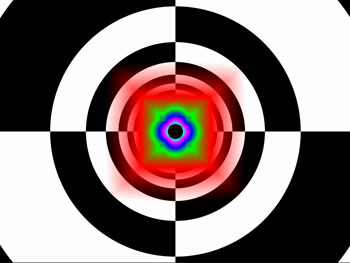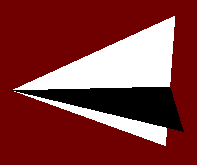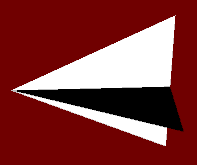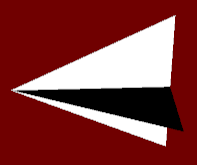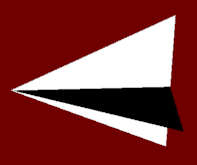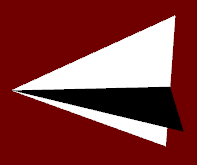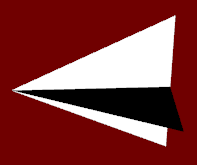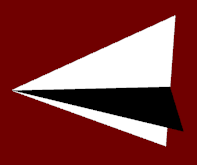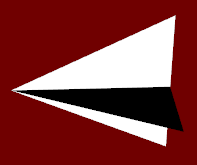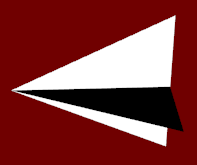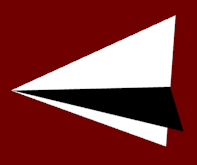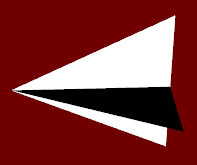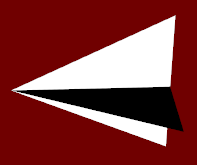Image Quality
Anisotropic Filtering Level Selection
R600 implements almost the same level selection algorithm as R580 (and the other chips in the same architecture family) in high-quality mode, which means the default selection is almost angle invariant, but not to the degree that competing hardware is. We show the 16xAF pattern here before taking a closer look at full-frame image quality in the IQ piece.
Note the peaks at 45° angle multiples. If you want to take a look at output for other hardware before we take a closer look, you can reference our G80 image quality analysis.
Antialiasing Grids and Quality
We show the base MSAA sample positions for 4x and 8x MSAA, using Colourless's tester. They're the subpixel sample patterns used for all AA modes, including CFAA ones, with the filter just reading samples from neighbouring pixels with the same positions.
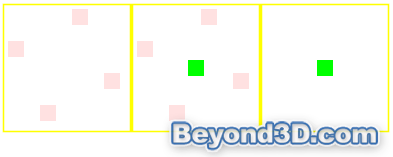
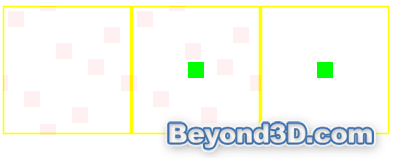
Note that you get 4x4 and 8x8 EER, AMD ensuring that the default sample locations all have discrete planar values for X and Y. We note that temporal AA doesn't seem to be enabled, at least in the Vista driver, since Colourless's tester doesn't show them moving if you advance frame-by-frame, as you normally would. We use nonatainment's AA tester to grab edge quality in each of the modes.
0x
2x Box - 2 samples
2x Narrow Tent - 4 samples
2x Wide Tent - 6 samples
4x Box - 4 samples
4x Narrow Tent - 6 samples
4x Wide Tent - 8 samples
8x Box - 8 samples
8x Narrow Tent - 12 samples
8x Wide Tent - 16 samples
4x Edge Detect - 12 samples
8x Edge Detect - 24 samples
The general rule is that edge quality increases with sample count, for each mode, which is what you'd expect. For example, in this test 2x Wide arguably has better edge quality than 4x Box, and given the sample count it makes sense in terms of the raw numbers of samples being taken and used for final pixel resolve. However, our high-contrast examples here don't really show the whole story, since the new CFAA filters affect more than just edge quality. Before we take a look at that a bit closer, we should point out that the edge detect modes look comparatively excellent, too. Compare the 24-sample edge detect mode to NVIDIA's 16xQ CSAA mode, for an example. Both have very good edge quality, but note the pixels near the 'nose' of the shape being AA'd, on the left, in both.

